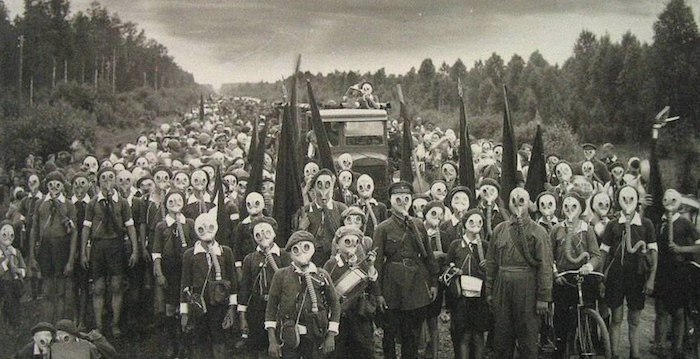6. Bouvet Island
via:csegrecorder.com
This ice covered (over 90% of the land mass is covered by a glacier) floating volcano is 1,500 miles from the southwest of South Africa. Originally a British territory, it was ceded to Norway in 1937. The closest uninhabited land mass to it is Antarctica, which is 1,100 miles to the south. Its closest inhabited location is Cape Agulhas in South Africa, over 1,400 miles to the northeast. These coordinates have earned it the title of the most remote island in the world.
The 19 square mile island has never been inhabited by man. However it’s an important breeding ground for seabirds. Some of the native species include the macaroni penguin, black-bellied storm petrel, wandering albatross and the great shearwater to name a few. The Antarctic fur seal is also known to breed on Bouvet.
With Bouvet’s mean temperature of −1°C, wind speeds of 15 mph and harsh terrain, it’s a definite no-no for anyone but the hardiest of explorers. This island is so isolated and dangerous that you need approval from the Norwegian government to visit.




































Discussion about this post